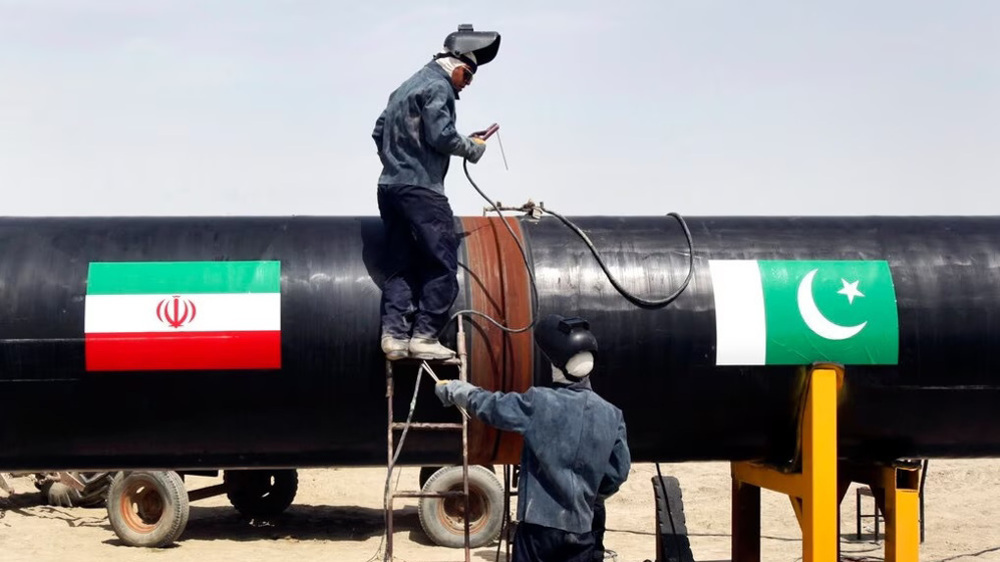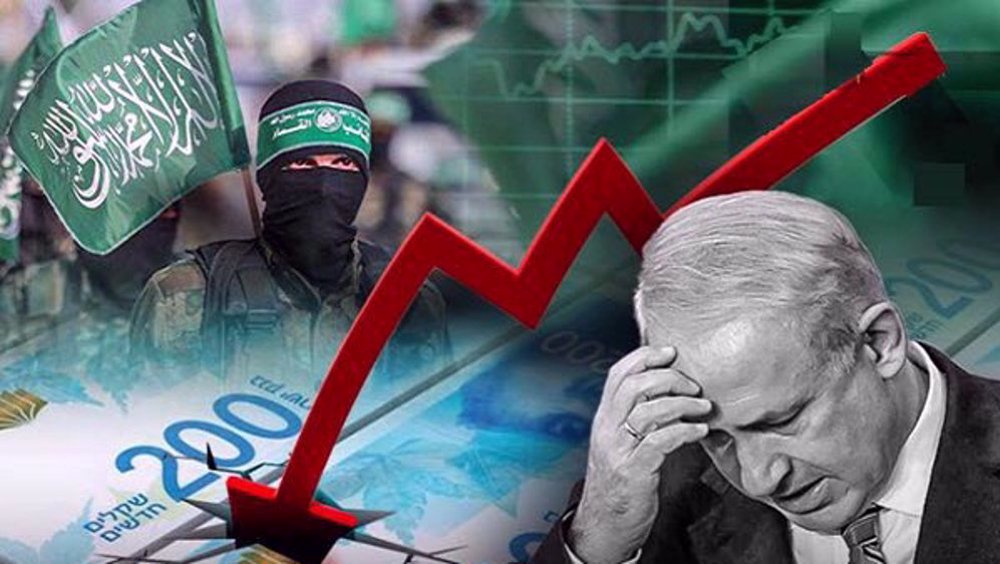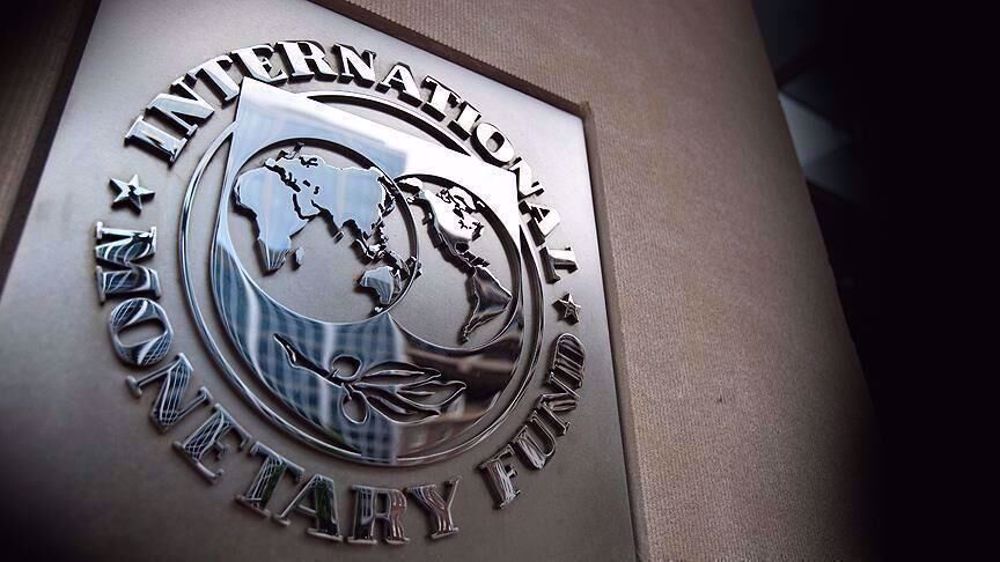Oil edges up ahead of Christmas
Crude prices have edged up ahead of the Christmas with the global markets waiting to see how OPEC’s planned output cuts will affect oil prices in 2017.
Brent futures climbed 11 cents to settle at $55.16 a barrel on Friday.
US West Texas Intermediate (WTI) was up about 7 cents, or 0.1%, and settled at $53.02 a barrel.
Friday’s session was the highest close for the WTI crude on the New York Mercantile Exchange since July 2015.
US oil prices have gained more than 20 percent since mid November.
Some traders attribute the recent gains to the OPEC production cut agreement.
Back on November 30, the Organization of the Petroleum Exporting Countries (OPEC) clinched a deal to cut oil output to a ceiling of 32.5 million barrels a day (bpd).
The oil cartel agreed to decrease its production by 1.2 million bpd as of January 1st as part of efforts to prop up crude prices.
Several crude producers have already notified the customers that supply will be cut in line with the OPEC deal.
Non-OPEC producers including Russia and Azerbaijan have also pledged to lower exports by 600,000 bpd in line with efforts to ease the global supply glut.
OPEC exempted key member Iran from cutting output, allowing the country to increase its crude production by 90,000 bpd to reach pre-sanction output levels of 4 million bpd.
Nigeria and Libya were also exempted from the planned output cut due to internal conflicts which have already decreased their crude production.
On Tuesday, Libya's National Oil Corp unveiled plans to add 270,000 bpd to national production in the first quarter of 2017.
Meanwhile, analysts believe Saudi Arabia’s plans to reduce fuel subsidies in 2017 will boost domestic fuel prices and reduce domestic oil consumption.
They say the subsidy cuts, which are aimed at containing Riyadh’s deepening budget deficit, could ultimately lead to more crude exports.
The International Energy Agency (IEA) has announced that the oil market is likely to move into deficit in the first half next year due to OPEC and non-OPEC producers’ deal to cut output.
The IEA has forecasted that the oil market will rebalance by the end of 2017 if OPEC and non-OPEC producers stick to their promised cuts.
Back in October, the World Bank announced it expected average crude prices to hover around $55 a barrel over the next year.
VIDEO | Press TV's news headlines
Iran censures US veto of Palestinian request for full UN membership
Over 14,000 kids killed in Israel’s war on Gaza: UNICEF
VIDEO | Iran’s National Army Day marked at the Iranian embassy in Moscow
VIDEO | Iranian culture fosters further development, understanding in SA
VIDEO | People in Amman hold protest in support of Palestinians
French police arrest man after threatening to detonate himself at Iran consulate
Yemenis, Jordanians reiterate support for Palestinians in Gaza










 This makes it easy to access the Press TV website
This makes it easy to access the Press TV website